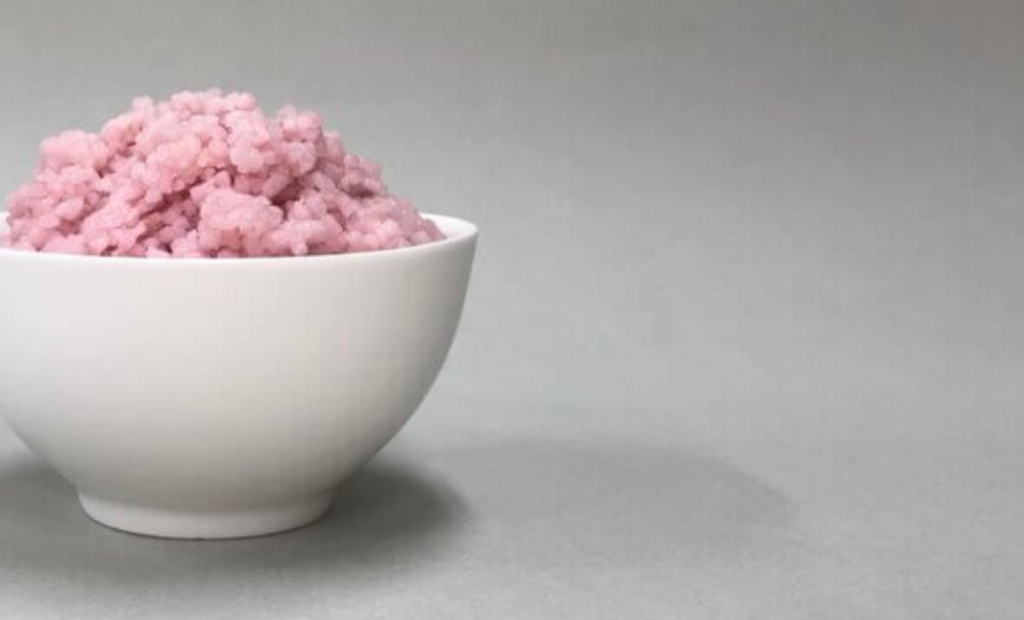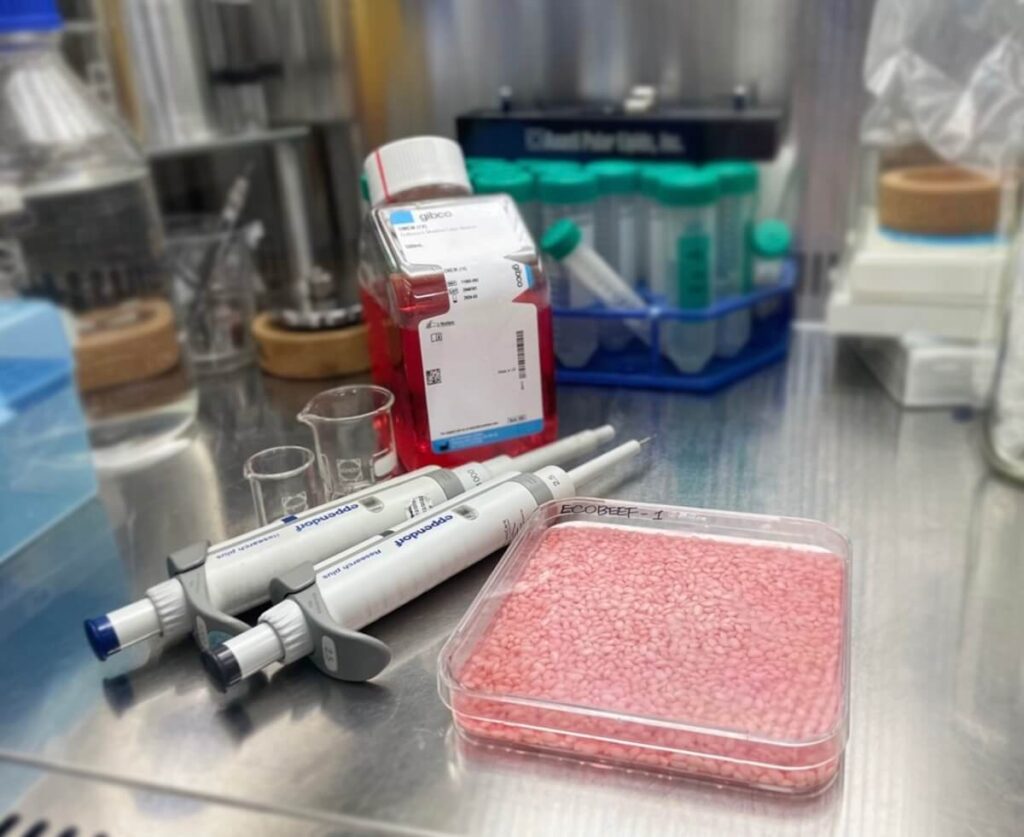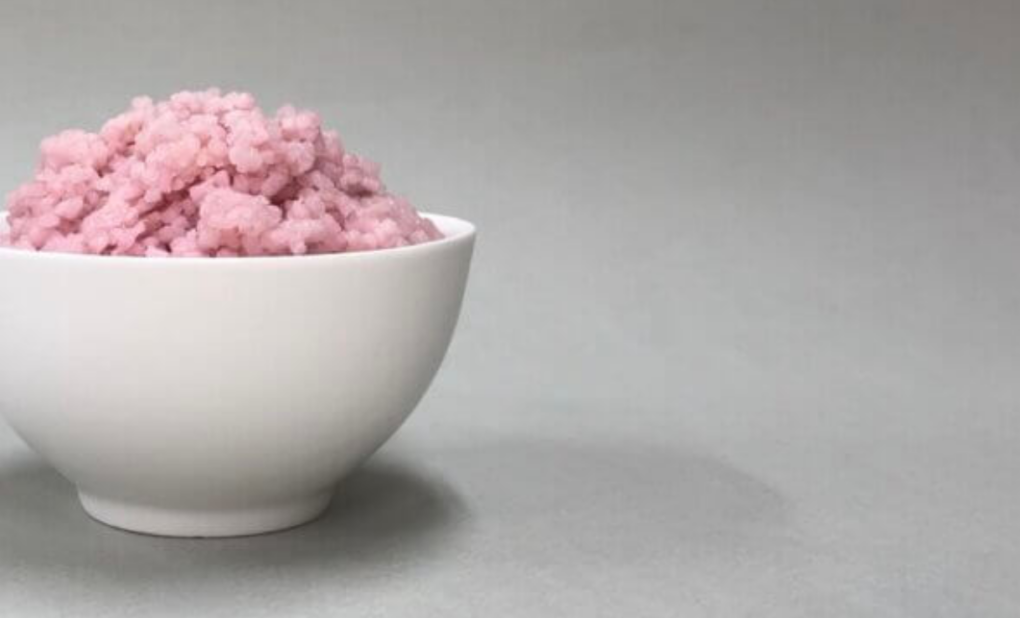Would You Eat This? Scientists Develop Lab-grown Hybrid ‘cultured beef rice’
 By Study Finds
By Study Finds
Natural Blaze Editor’s Note: This is presented purely as a PSA, we only support natural food production.
Could the next steak you eat not fully come from a cow? South Korean scientists have developed a novel food product that they’re calling “cultured beef rice” by cultivating animal muscle and fat cells within rice grains. They add that this new creation promises to be a nutritious and flavor-rich alternative that could significantly reduce the ecological footprint of protein production.
The innovative approach, led by Yonsei University scientists, leverages the nutritional benefits of rice, a staple food with a high nutrient level, and enhances it with protein from livestock cells.
“Imagine obtaining all the nutrients we need from cell-cultured protein rice,” says study first author Sohyeon Park, a researcher at Yonsei University, in a media release. “Rice already has a high nutrient level, but adding cells from livestock can further boost it.”

Scientists cultured cow muscle and fat cells in rice grains to create a hybrid food. (CREDIT: Yonsei University)
The core technique behind cultured beef rice involves simulating the biological conditions necessary for animal cells to grow and form tissue. In nature, cells rely on scaffolds for three-dimensional growth. Mimicking this, researchers used rice grains as a scaffold, exploiting their porous structure to support the animal-derived cells. The rice grains not only provide physical support but also contain molecules that nourish the cells and encourage their growth.
To initiate the process, scientists first coated the rice with fish gelatin, an edible and safe substance that enhances the attachment of cells to the rice. Following this, cow muscle and fat stem cells were introduced into the rice grains, where they were cultured over a period of nine to 11 days. The final product, cell-cultured beef rice, meets stringent food safety standards and poses a low allergy risk.
Natural Blaze is Google-Free — We Need Your Support
Contribute Just $1 Per Month at Patreon to Aid the Cause of Health Freedom
Upon steaming the hybrid rice, researchers conducted thorough analyses to evaluate its nutritional content, smell, and texture. The results were promising: the hybrid rice boasts an eight-percent increase in protein and a seven-percent rise in fat compared to traditional rice. Additionally, the texture was found to be firmer and more brittle, with the aroma varying depending on the muscle and fat content, ranging from beefy and almond-like to creamy and buttery notes.
Beyond its nutritional benefits, cultured beef rice presents a sustainable alternative to conventional livestock farming. Park points out the resource-intensive nature of traditional livestock production, which consumes vast amounts of water and contributes significantly to greenhouse gas emissions. In contrast, the production of hybrid rice is estimated to emit less than 6.27 kilograms of carbon dioxide for every 100 grams of protein, a stark reduction from the 49.89 kilograms associated with beef. Moreover, the cost efficiency of this method is notable, with the potential retail price of hybrid rice being significantly lower than that of beef.
As the team looks towards commercialization, they are focused on optimizing the conditions within the rice grains to further enhance the growth and nutritional value of the muscle and fat cells.
“I didn’t expect the cells to grow so well in the rice,” concludes Park. “Now I see a world of possibilities for this grain-based hybrid food. It could one day serve as food relief for famine, military ration, or even space food.”
The study was supported by various South Korean government and research institutions and published in the journal Matter.
You might also be interested in:
- ‘Cultured’ chicken grown in labs approved by USDA, but don’t expect to see it in supermarkets anytime soon
- The perfect steak? Researchers create lab-grown meat with better taste and made-to-order marbling
- Best Frozen Vegan Pizza: Top 7 Plant-Based Pies Most Recommended By Experts
- Don’t replace potatoes: Here’s why eating starchy vegetables is so important
Source: Study Finds
StudyFinds sets out to find new research that speaks to mass audiences — without all the scientific jargon. The stories we publish are digestible, summarized versions of research that are intended to inform the reader as well as stir civil, educated debate.
View StudyFinds’s article archive
Top image: Growing animal muscle and fat cells inside rice grains. (CREDIT: Yonsei University)



